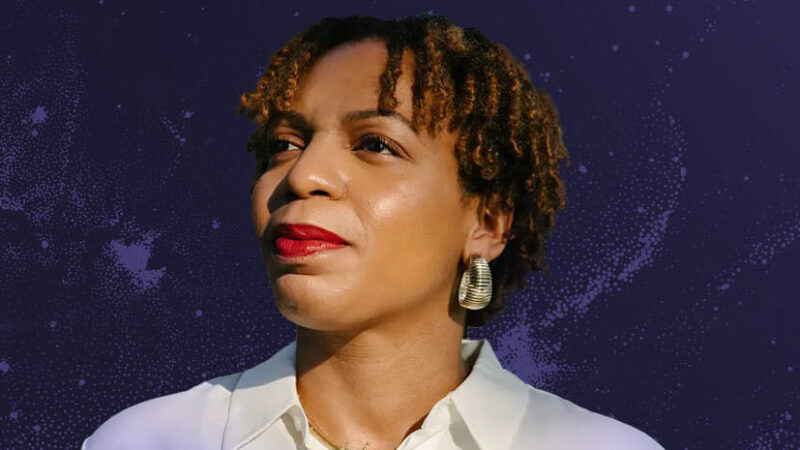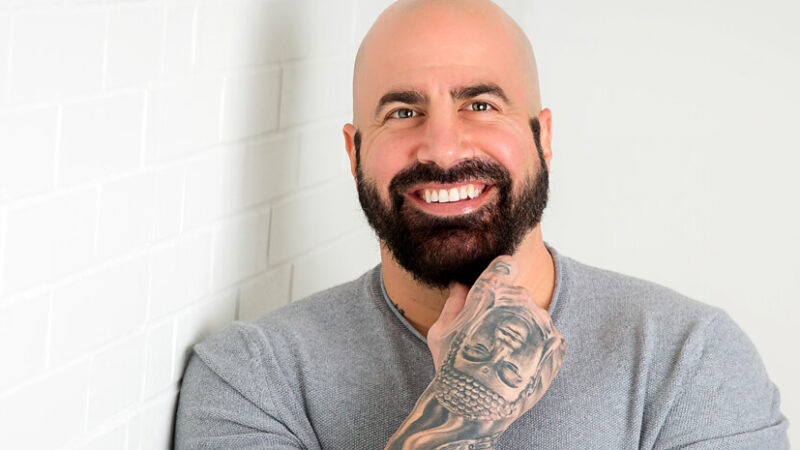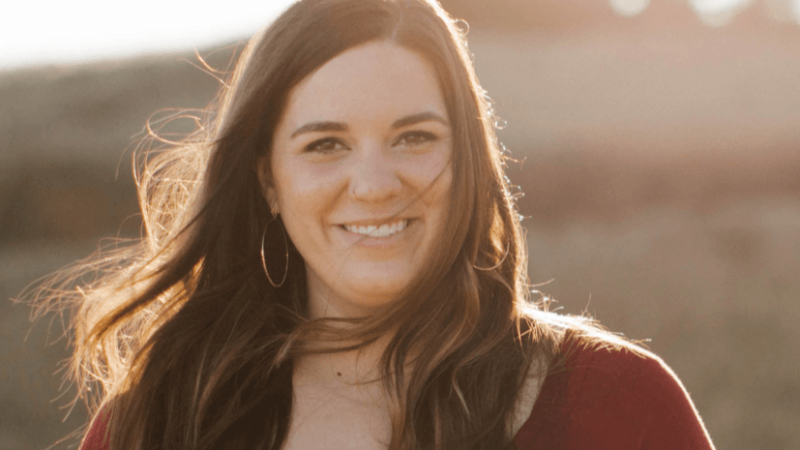Receiving a diagnosis of ADHD or autism, especially for someone in their adult years, can lead to a serious existential crisis. On one hand, it’s a relief to have a new understanding of the way your brain works. On the other hand, coming to grips with one’s neurodiversity often leaves us asking: OK, so who am I as a person? This was the case for Dr. Chelsia Potts, the writer, educator, and founder of the online platform Divergenthood.
In this episode of Being Open, Tami Simon speaks with Chelsia about her empowering “unmasking” process for recognizing and offering the gifts of neurodiversity. Tami and Chelsia discuss the existential whirlwind that can come with a diagnosis of neurodiversity; the overall utility of diagnosis and labeling; being “gifted and talented”—and also on the spectrum; empathy, intuition, deep listening, and other “blessings” of neurodiversity; showing up fully versus self-suppression; letting go of shame and unmasking neurodiversity; resisting the system; self-reflection and taking your power back; why there are no shortcuts to the lifelong process of becoming who you really are; finding the tools to flourish after an official diagnosis; managing the boundless energy of ADHD; pattern recognition and the autistic mind; owning our personal limitations; the big question: How do I use this gift so that how we live together can be better?; the “unconventional intellectual” and the importance of bringing the heart into any learning process; finding equal value in thinking and feeling; ancestral spirituality; “autistic glory”; and more.
Note: This interview originally aired on Sounds True One, where these special episodes of Insights at the Edge are available to watch live on video and with exclusive access to Q&As with our guests. Learn more at join.soundstrue.com.




